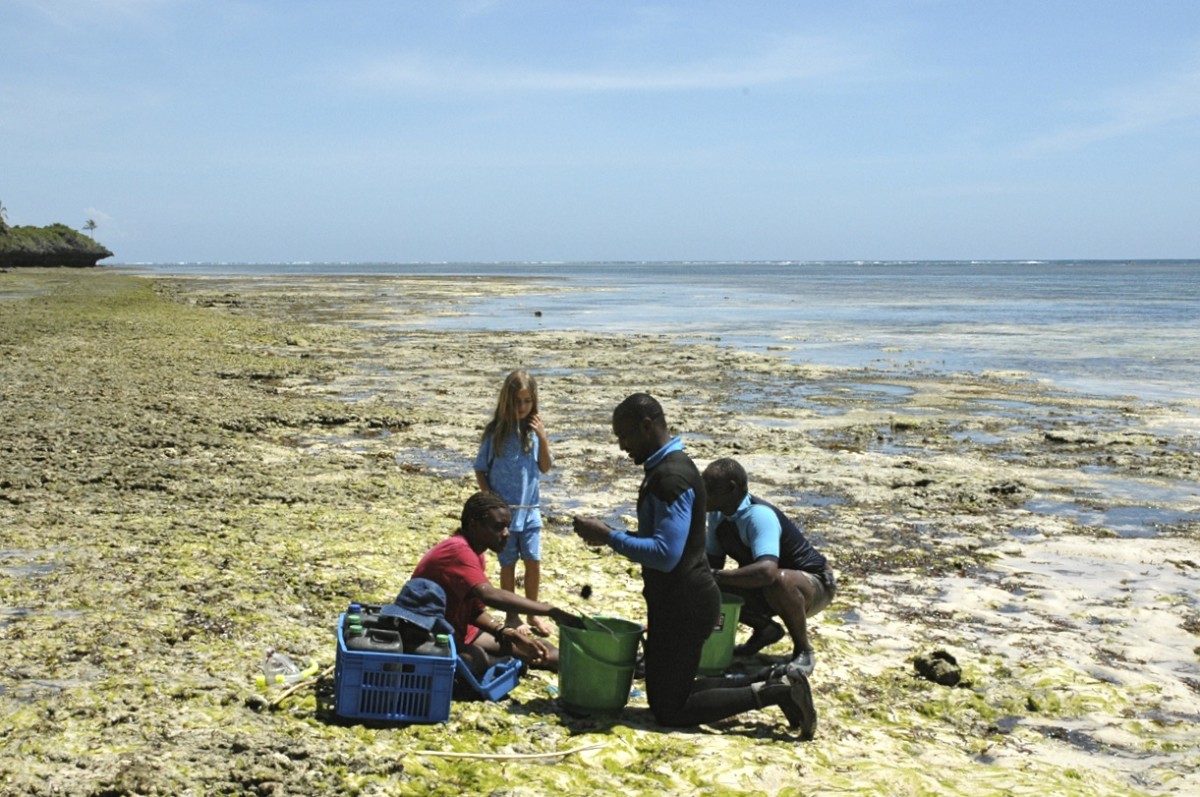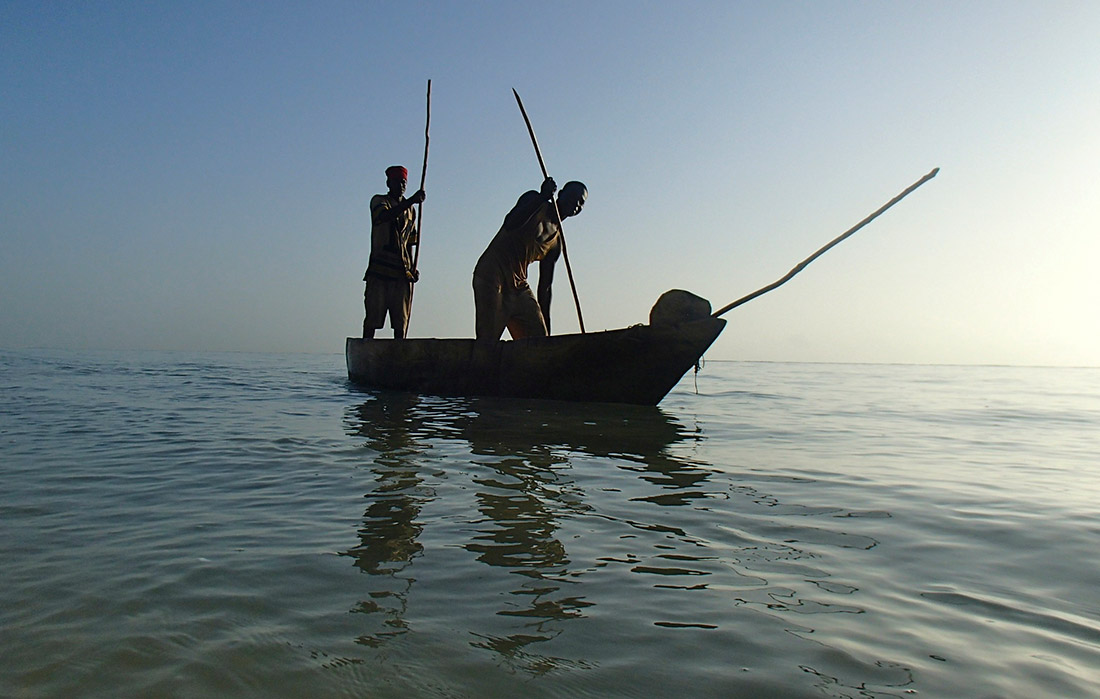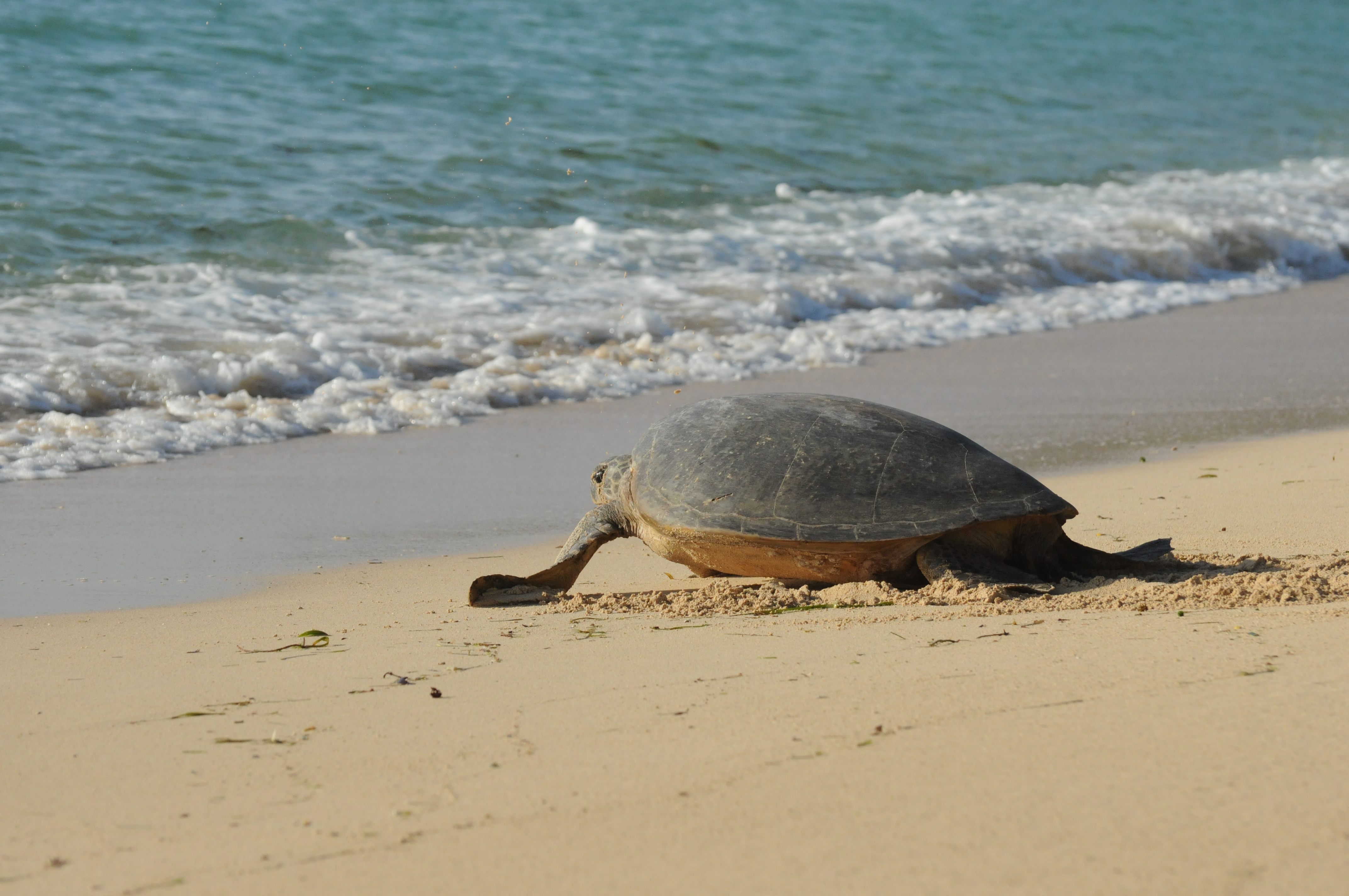Marine Conservation in Kuruwitu: How a Coastal Village in Kenya is Saving Coral Reefs
|
Getting your Trinity Audio player ready... |
Compiled by Amondi Wendo
Back in July this year, I received a call from a friend who was visiting from Germany for the summer. She invited me to join her and her family for a weekend trip to Kilifi. Since I had never been to that part of Kenya’s coastal town, I eagerly agreed to go. Little did I know that this short trip to Neem Tree Vipingo would introduce me to the fascinating world of marine conservation!
Neem Tree Vipingo House, located on a cliff at the northern end of Kuruwitu Marine Conservancy, boasts spectacular ocean views. They even have a fantastic sundowner deck right above the Indian Ocean, making it a perfect spot to unwind and enjoy the scenery.
Rich and cultural heritage
Kuruwitu is a quiet coastal village in Kenya, located in Kilifi County. It is situated about one hundred kilometers south of Mombasa. The village has a population of about 7,000 people, and the main economic activities are fishing, farming, and tourism.
The name “Kuruwitu” is derived from the Swahili word “kuruwiti,” which means “to be quiet”. This is a fitting name for the village, known for its beautiful beaches and clear waters. Kuruwitu is a well-known spot for birdwatching, with abundant bird species. It is home to a diverse marine ecosystem that includes coral reefs, platforms, and lagoons. There are also several endangered species, such as turtles, reefs, and seagrass beds.
In addition to its natural beauty, Kuruwitu is also home to several historical and cultural sites. The village is home to the ruins of a 16th-century Portuguese fort. Kuruwitu is home to traditional Swahili villages, offering a glimpse into local culture.
A shared initiative
The Kuruwitu Marine Conservancy, where the Neem Tree Vipingo house sits, was established in the early 2000s. It all began when the villagers of Kuruwitu noticed a disturbing trend—dwindling fish stocks and a declining marine ecosystem. Faced with the threat of overfishing, climate change, and uncontrolled coral collection for the aquarium trade, they decided to take matters into their own hands. With the support of like-minded partners, they embarked on an extraordinary journey towards marine coral conservation, the first of its kind in the Marine Protected Areas (MPAs) on the western side of the Indian Ocean.
The Kuruwitu Conservation and Welfare Association (KCWA) was established by the community in 2003 and held public discussions with local fishers to enhance their fishing practices. They found a 30-hectare Marine Protected Area (MPA) dedicated to coral conservation. This innovation led to the establishment of the first Locally Managed Marine Area (LMMA) in Kenya in 2006.
What LMMA represents
The LMMA has an overall objective of achieving a balance between the needs of the community and conservation goals. Specifically, these goals include:
- Preserving marine ecosystems by establishing an LMMA and promoting sustainable fishing practices.
- Increasing employment opportunities and diversifying livelihoods for the local community.
- Improving community wellbeing and living standards by encouraging environmentally friendly projects and initiatives that increase household income.
- Creating more opportunities for young people in the community.

Kuruwitu’s residents established a 30-hectare Marine Protected Area (MPA) dedicated to coral conservation. To aid coral regeneration, experts from Oceans Alive and the Kuruwitu Conservation and Welfare Association work in tandem. Their innovative approach involves creating metal beds with plastic mesh attached, where cement and sand plugs are secured. After weeks of curing in the sea, these beds are ready for transplantation onto the seabed, providing a foundation for marine life to flourish.
Winning strategy
Over 18 years, this once-threatened marine ecosystem has experienced a remarkable resurgence. The LMMA initiative in Kuruwitu remains an ongoing endeavor, with the persistent community members of KCWA tirelessly reaching out to the expanding population of Kuruwitu. They aim to raise awareness about the LMMA and promote sustainable fishing practices among the locals.
Furthermore, since the inception of the Kuruwitu LMMA in 2006, . This success has not only inspired the growth of LMMAs within Kenya but has also sparked interest in neighboring countries such as Eritrea and Djibouti. These nations have initiated their own LMMAs following enlightening visits to Kuruwitu for learning exchange programs.
Legal challenges
Research on LMMAs has seen several challenges facing the local communities in Kenya engaged in marine conservation efforts. Such problems are multifaceted and have significant implications for their sustainability initiatives.
One prominent issue is the prevalence of squatters within these communities. Limited access to land impedes their ability to develop and expand eco-tourism projects, hindering the potential for economic growth and environmental stewardship.
Additionally, many of the mangrove conservation groups in the area are registered under the Societies Act as Community-Based Organizations (CBOs) rather than Community Forest Associations, as required by the Forest Act. This lack of proper recognition and land ownership by government authorities, such as the Kenya Forest Service, complicates their ability to manage and protect the mangrove ecosystems effectively.

Another challenge arises from the location of some proposed community Marine Protected Areas (MPAs) within established and gazette marine reserves. This creates conflicting mandates with the Kenya Wildlife Service (KWS) and can lead to management and jurisdictional disputes.
Equitable benefit-sharing is a persistent issue, with some community members feeling that the rewards of conservation efforts are unfairly distributed. Furthermore, the absence of participation in Beach Management Units (BMUs) by certain fishermen, or the ineffectiveness of existing BMUs, leaves some individuals without a legally mandated organization to oversee fishery resource management.
Diversity in customary traditions and approaches to creating community MPAs adds complexity to the conservation landscape, as there is no uniform framework guiding these efforts. Poaching remains a challenge within community MPAs, endangering coral reefs, fish populations, and ornamental fish.
Security challenges
Security concerns for foreign tourists in regions near the Somali border deter tourism development, impacting potential revenue sources. Additionally, the proposed Lamu port channel threatens the Kiweni community MPA, as dredging activities could potentially destroy the reserve, raising questions about the future return on investment.

In some cases, fishers opposed to conservation efforts have steal buoys, disrupting initiatives aimed at safeguarding marine ecosystems. The Kiweni community reserve faces challenges in garnering full support from hoteliers who utilize the reserve for snorkeling tours, resulting in missed income opportunities.
The loss of fishing grounds has left some community members without alternative livelihood options, exacerbating the need for conservation. Moreover, there is a low level of understanding among the fisher community regarding the importance of conservation efforts, making it challenging to garner their active participation.
Resource-use conflicts among various stakeholders further complicate matters, creating tensions and obstacles to effective marine conservation. Finally, the absence of comprehensive ecological, socio-economic, and environmental surveys and analyses essential for establishing community reserves leaves critical data gaps in the planning and management of these conservation initiatives.
A comprehensive strategy is required to tackle these challenges, which involves engaging the community, adjusting policies, raising awareness, and promoting sustainable alternatives to reduce dependence on depleted fishing grounds. Collaboration among stakeholders, including local communities, government bodies, and environmental organizations, is crucial to finding solutions and ensuring the long-term success of marine conservation efforts in Kenya.
Sources:
- https://news.un.org/en/story/2022/07/1122482
- https://storymaps.arcgis.com/stories/6abe6f1a62c94f56970ac3cf6419f638
- https://www.centreforpublicimpact.org/case-study/community-managed-marine-conservation-kuruwitu-kenya
- https://portals.iucn.org/library/sites/library/files/documents/IUCN-Rep-2005-016.pdf
- https://www.wiomsa.org/wp-content/uploads/2017/08/TheWIOMSA_Issue7_Final1.pdf
- https://www.researchgate.net/profile/Melita-Samoilys/publication/267941633_Opportunities_and_challenges_of_community—based_marine_protected_areas_in_Kenya/links/54e444d80cf282dbed6eaa0d/Opportunities-and-challenges-of-community—based-marine-protected-areas-in-Kenya.pdf

